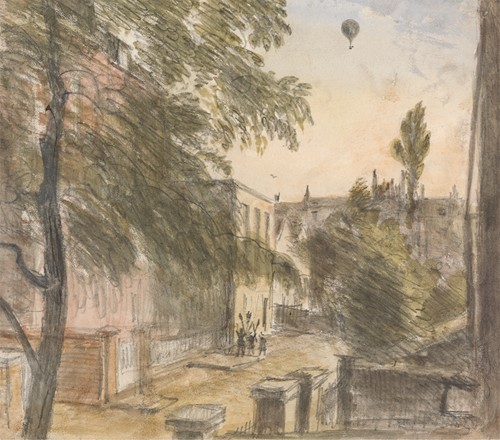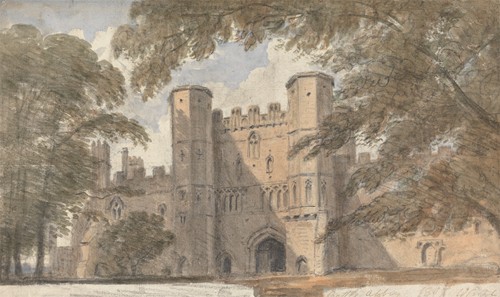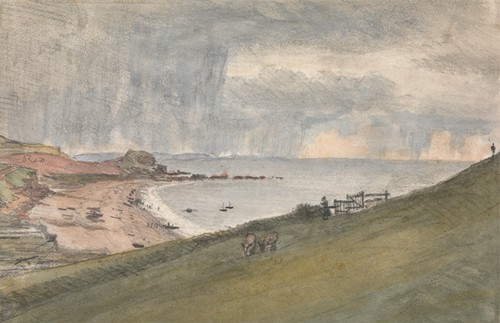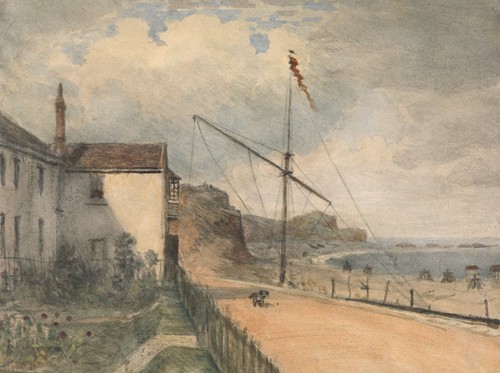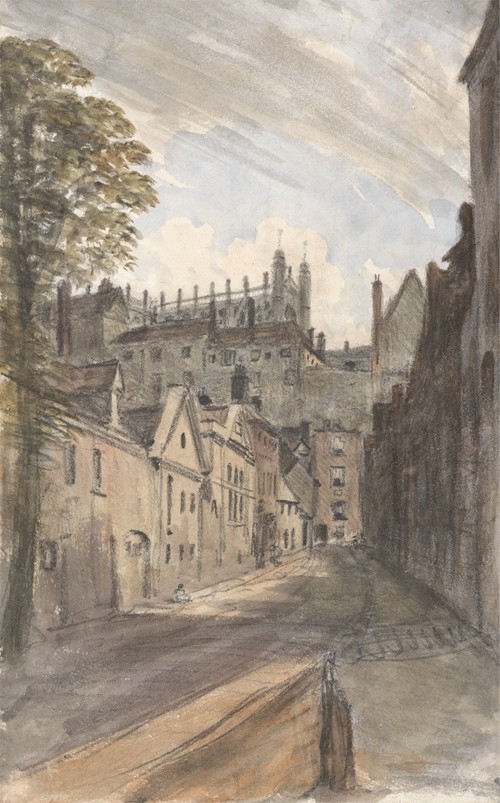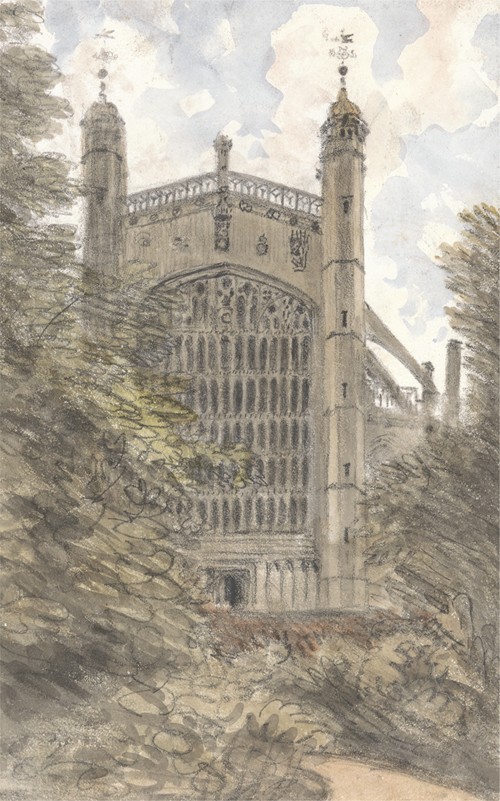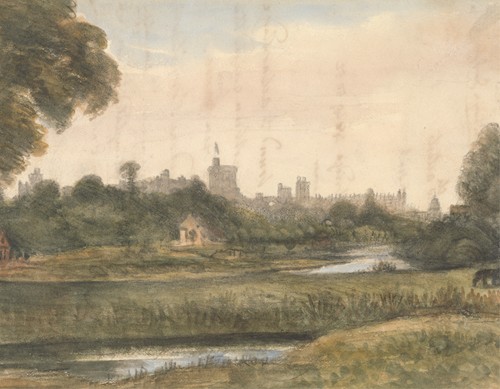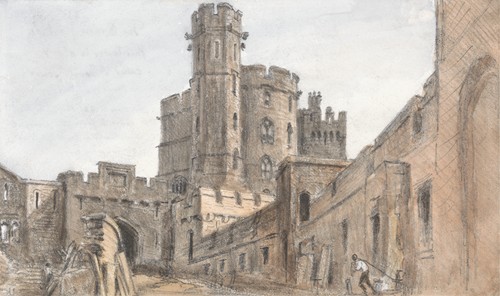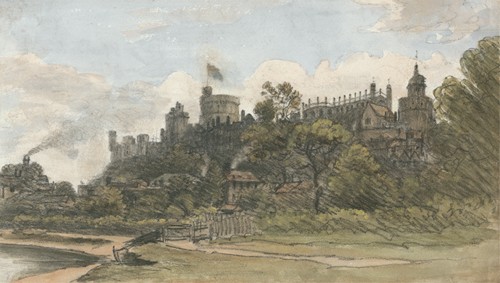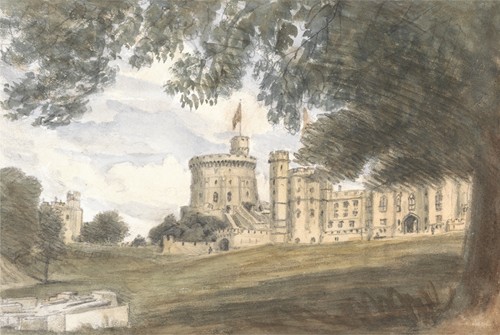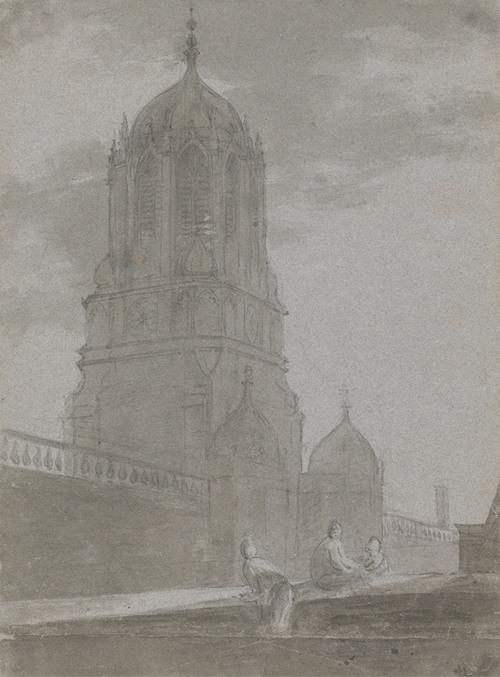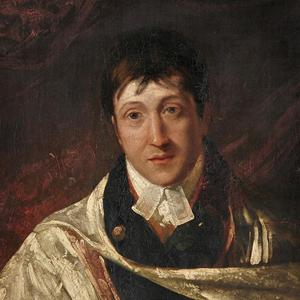

William Crotch
William Crotch was an English composer and organist. According to Nicholas Temperley he was "a child prodigy without parallel in the history of music", and was certainly the most distinguished English musician in his day.
William Crotch was born in Norwich, Norfolk, to a master carpenter. Like Mozart, he showed early musical talent as a child prodigy, playing the organ his father had built. At the age of two he became a local celebrity by performing for visitors, among them the musician Charles Burney, who wrote an account of his visits for the Royal Society. The three-and-a-half-year-old Crotch was taken to London by his ambitious mother, where he not only played on the organ of the Chapel Royal in St James's Palace, but for King George III. The London Magazine of April 1779 recorded:
He appears to be fondest of solemn tunes and church musick, particularly the 104th Psalm. As soon as he has finished a regular tune, or part of a tune, or played some little fancy notes of his own, he stops, and has some of the pranks of a wanton boy; some of the company then generally give him a cake, an apple, or an orange, to induce him to play again...
Crotch was later to observe that this experience led him to become a rather spoiled child, excessively indulged so that he would perform.
Crotch was for a time organist at Christ Church, Oxford, from which he was later to graduate with a Bachelor of Music degree. His early oratorio The Captivity of Judah was played at Trinity Hall, Cambridge on 4 June 1789 when he was just 14: his most successful composition in adulthood was the oratorio Palestine (1812). He may have composed the Westminster Chimes in 1793, which are played by Big Ben each time it strikes the hour. In 1797, he became Heather Professor of Music at Oxford University, and in 1799 he acquired a doctorate in music. While at Oxford, he became acquainted with the musician and artist John Malchair, and took up sketching. He followed Malchair's style in recording the exact time and date of each of his pictures, and when he met the artist John Constable in London in 1805, he passed the habit along to the more famous artist.
In 1822 he was appointed to the Royal Academy of Music as its first Principal, but resigned ten years later. Among his notable pupils were William Sterndale Bennett, Lucy Anderson, Stephen Codman, George Job Elvey, Cipriani Potter, and Charles Kensington Salaman. In 1834, to commemorate the installation of the Duke of Wellington as chancellor of the University of Oxford. Crotch penned a second oratorio, The Captivity of Judah. This 1834 work bears little resemblance to the oratorio of the same title he wrote as a child in 1789.
He spent his last years at his son's house in Taunton, Somerset, where he died suddenly in 1847. He was buried in the churchyard of St Peter and St Paul in Bishop's Hull, just outside Taunton.
